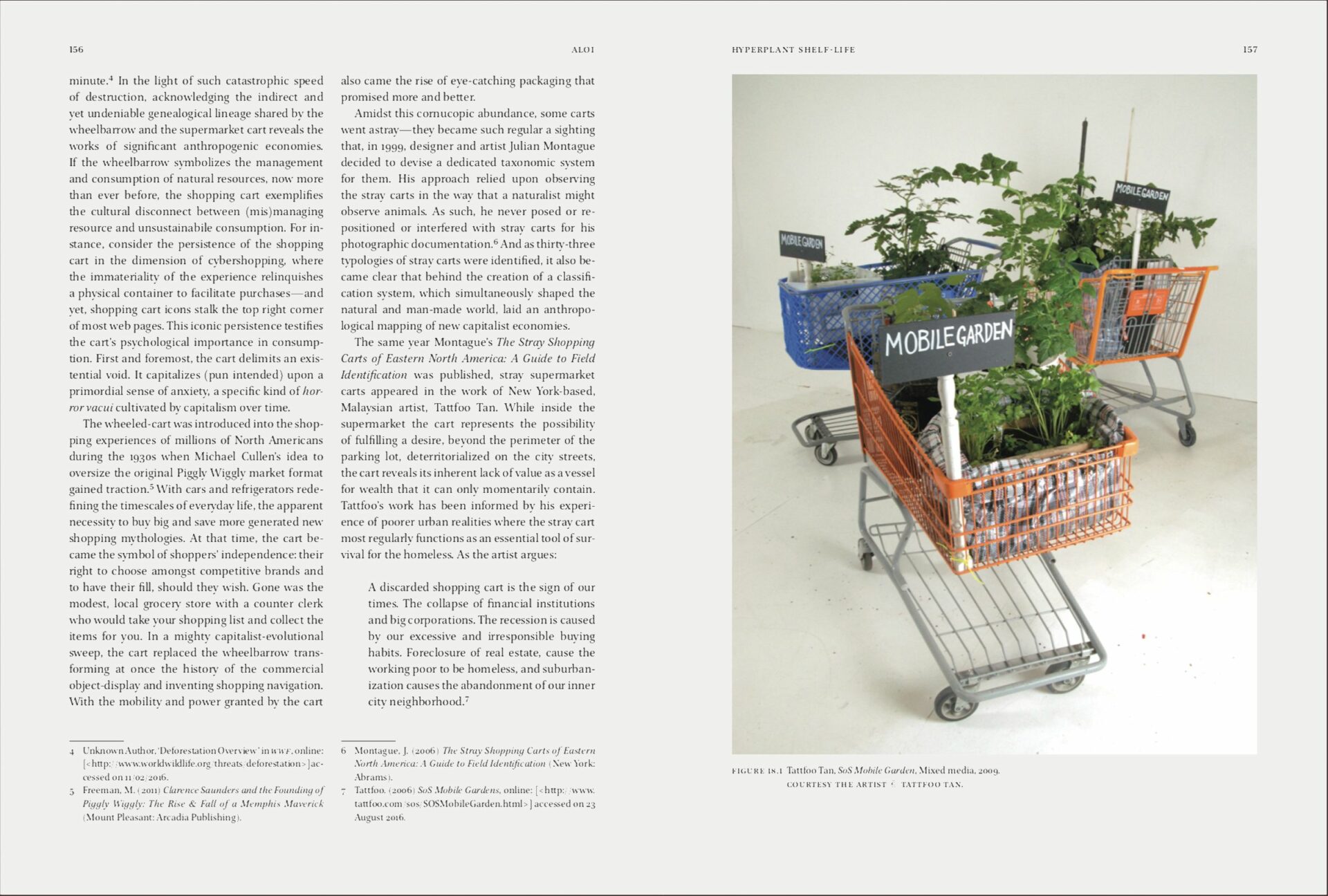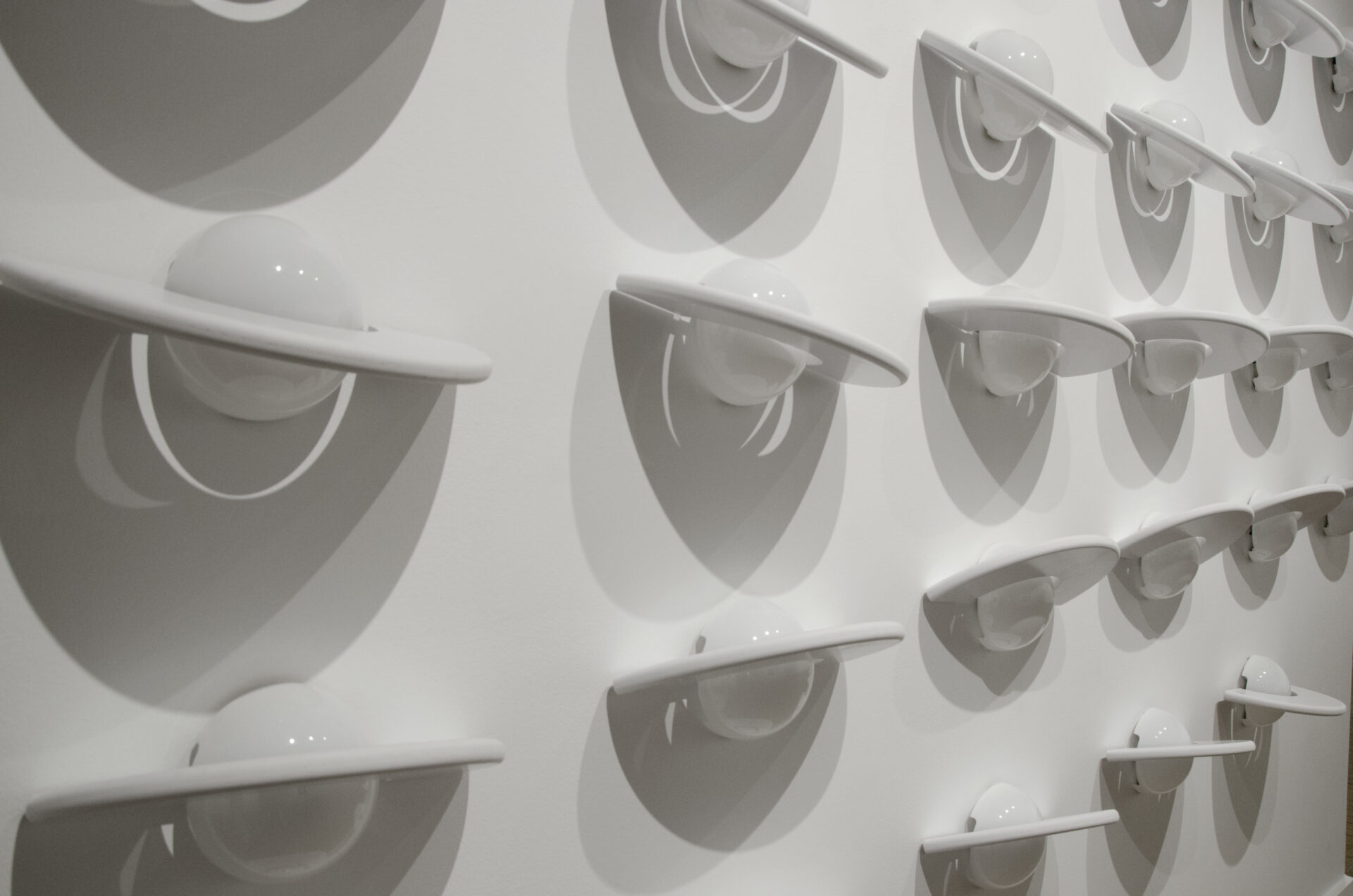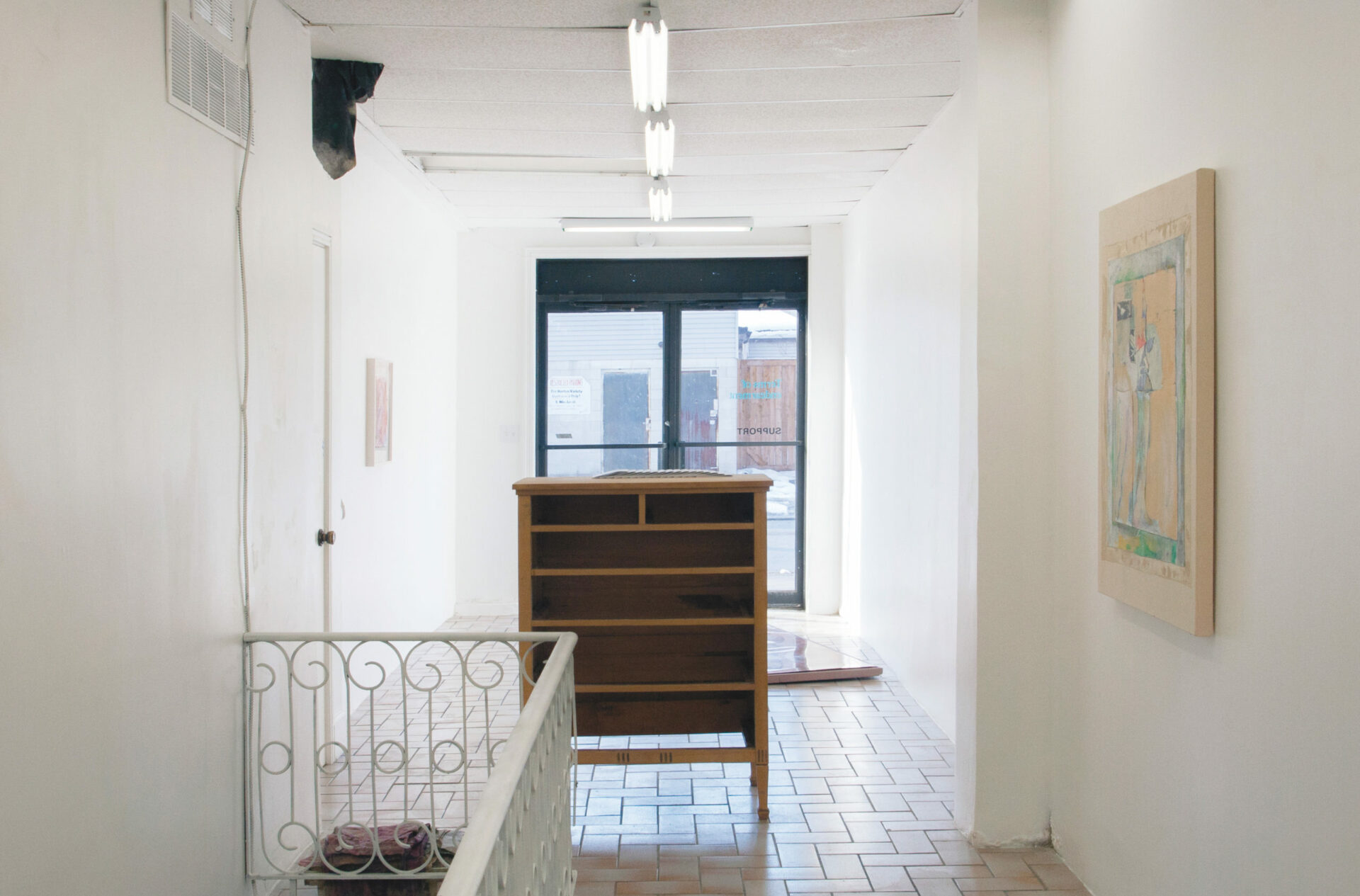Giovanni Aloi
Why Look at Plants?
The Botanical Emergence in Contemporary Art
vol. 5 (Leiden & Boston), 2019, 280 p.

vol. 5 (Leiden & Boston), 2019, 280 p.
In 2006–2007, Giovanni Aloi launched the online journal Antennae: The Journal of Nature and Visual Culture, dedicated to multidisciplinary investigations, notably on the connections between art and the non-human. This, as well as his first book, Art & Animals (2011) provides a backdrop for the work under review here. Why Look at Plants, winner of the 2019 Choice Outstanding Academic Title, is a deep dive into the arts and that broad, unruly swath of non-human life, the plant world. Aloi sets out his methodological path in a brief preface, followed by his major introductory essay that begins with his childhood memories of plant/human connections.
In the second part of this essay, “Plants and Animals: Issues of Representation,” Aloi considers the inescapable roles that cognitive, cultural, and physical contexts play in our understanding of the non-human. As he notes, “every encounter with others, nonhumans, objects, parti-cles is utterly defined by the materiality, modality, structure, and histories of the epistemic spatializations in which the encounter takes place.” Acknowledging a debt to Foucault’s notion of “epistemic spatialization,” Aloi evokes the arts as a tool for overcoming “plant blindness,” our anthropocentric mental preconditioning that hinders our awareness of the plant world. This discussion culminates in a careful elaboration of the notion of spatializations, that, as he summarizes elsewhere in the book, “culturally and economically inscribe the blueprints of biopower relationships between humans and plants.” This concept sets the stage for the body of the text that unfolds in eight spatially conceived parts (comprising thirty-five chapters), titled: Forest, Trees, Garden, Greenhouse, Store, House, Laboratory, and of Other Spaces. Each of these commences with an introductory essay by Aloi, followed by essays by an international roster of contributors, including artists, writers, theorists, curators, and academics. These contributions cover an immense range of approa-ches and themes. They include, to take only a few examples, Natasha Myers’ revisionary experiencing of trees in an urban public park through a kinesthetic awareness; Lucy Davis’ multifaceted socio-cultural inquiry into an eighty-year-old bed made of teak; Laurie Palmer’s consideration of lichens and their unwillingness to grow under human controlled environments; Linda Tegg’s meditation on supermarkets and the disconnects between the commodified plant world and the world of humans; the fascinating transcription of a thread from an online discussion forum on the subject of Home Depot’s disposal of plants; Monika Bakke’s projections of, “new plant-machine hybrid systems”; Andrew Yang’s provocative look at some evolutionary contingencies; Aloi’s interviews with Mark Dion about the artist’s important portfolio, Herbarium Perrine; and Aloi’s discussion with Mat Collishaw about the latter’s explorations of artificiality and decay, a contemporary re-thinking of Victorian aesthetics.
Create your free profile or log in now to read the full text!
My Account



